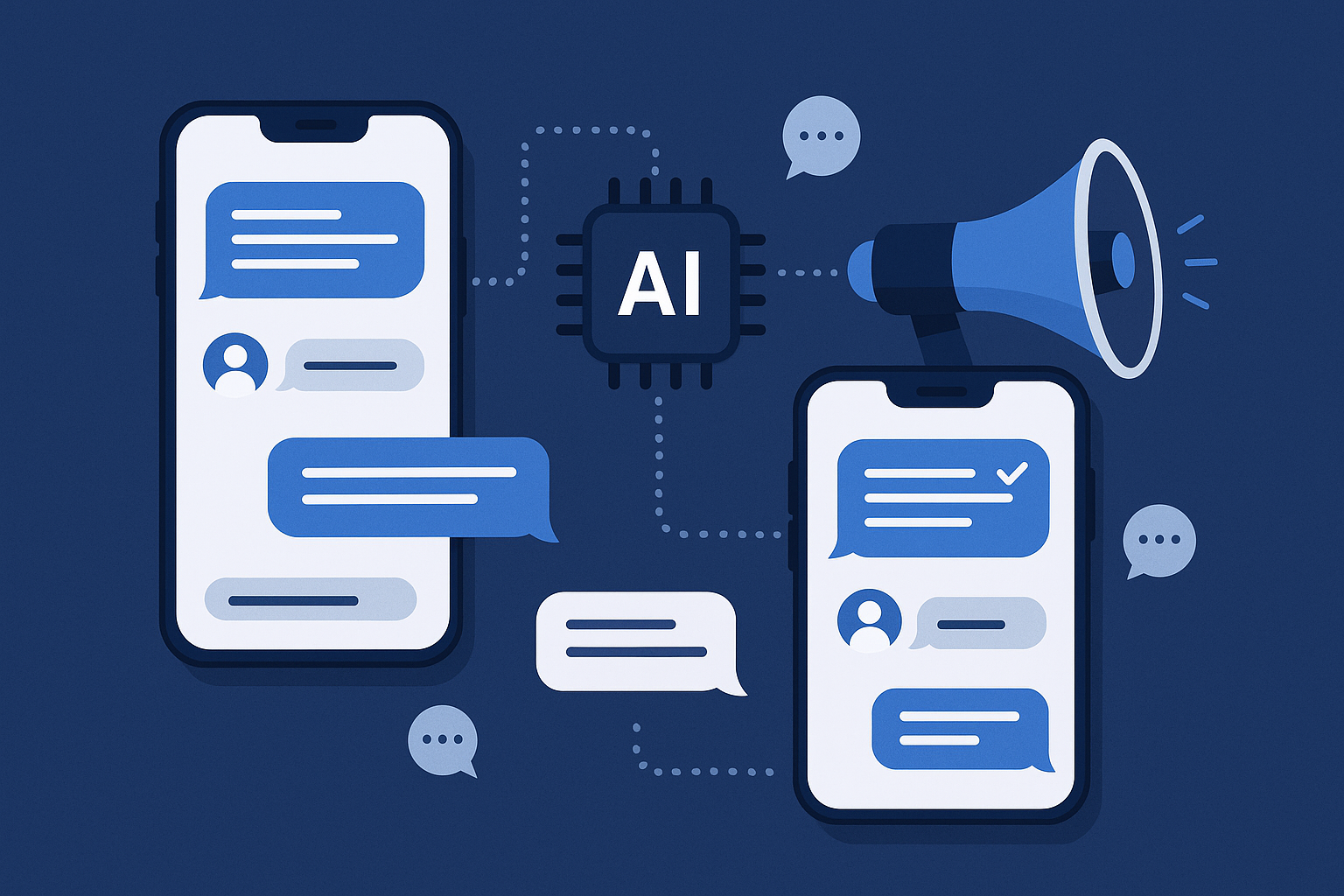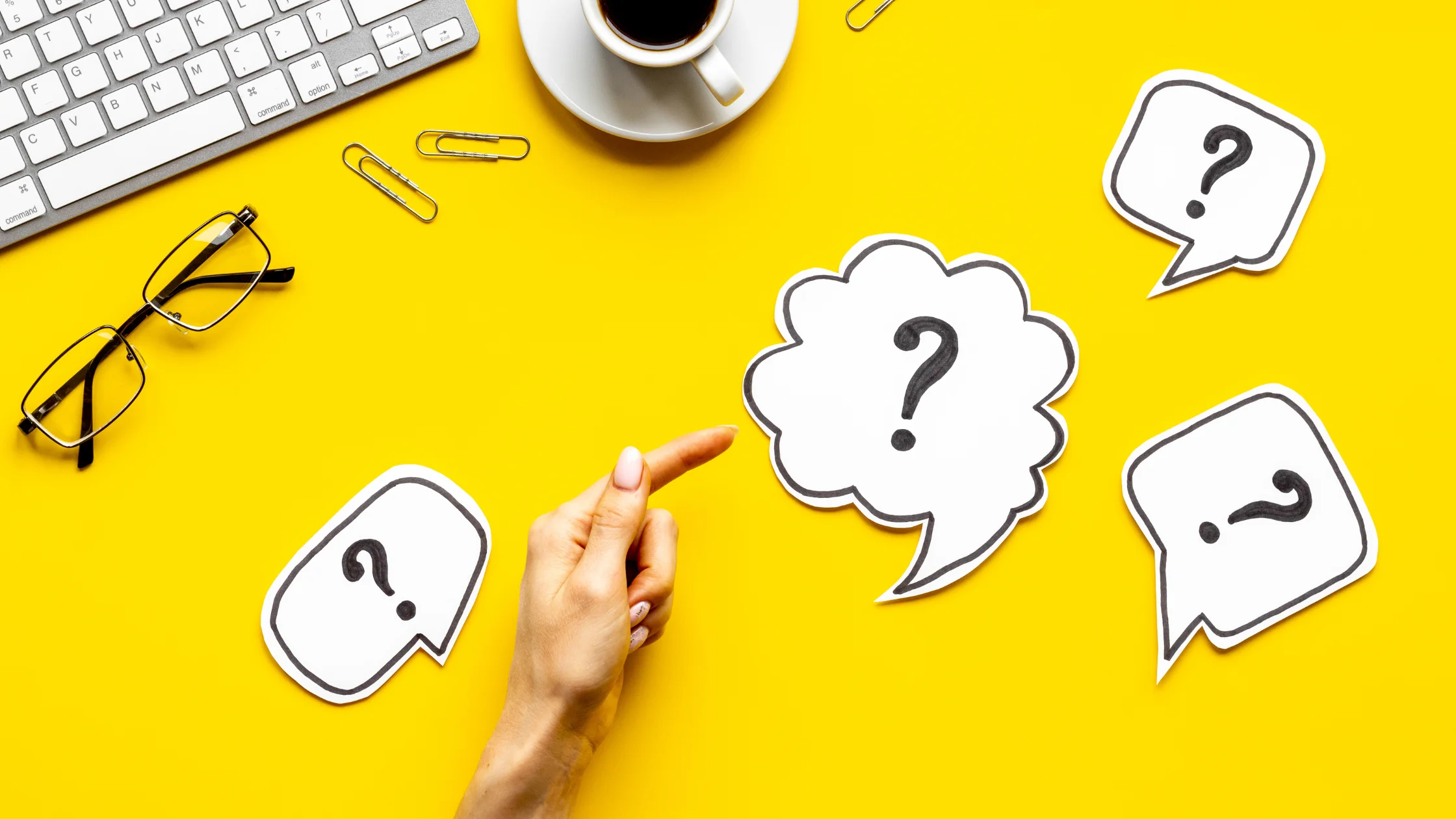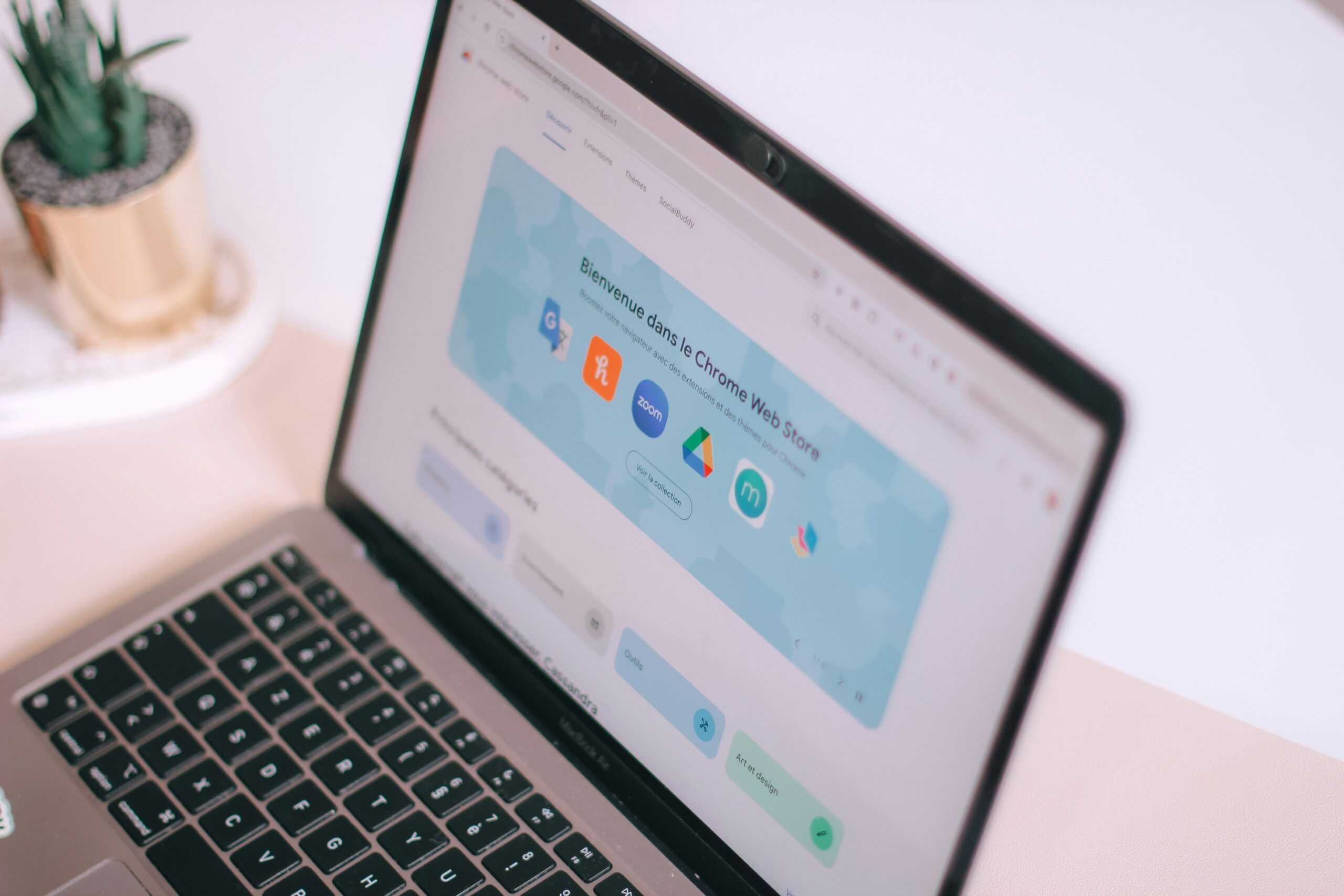Auto‑Generate SMS Campaigns with AI

SMS marketing is one of the highest-converting, most under-leveraged channels in the modern growth stack.
Open rates regularly top 90%, response times are nearly instant, and it cuts through noise in ways email often can’t.
But despite the ROI, many lean teams avoid SMS because writing compliant, high-impact campaigns feels like yet another thing to figure out.
That’s where AI changes the game.
With the right workflow, you can go from idea to segmented, sequenced, and scheduled SMS campaigns in under an hour—without hiring copywriters, A/B testers, or legal reviewers.
This post walks through how to auto-generate SMS campaigns using AI, keep them sharp and on-brand, and stay compliant while doing it.
Step 1: Define the Campaign Objective
Keep in mind that AI is only as good as your inputs.
So before you ask it to write anything, be clear about your goal. SMS works best for:
- Flash promotions or time-sensitive offers
- Cart abandonment follow-ups
- Event reminders or confirmations
- New product announcements
- Lead nurturing drip sequences
- Referral or loyalty incentives
The shorter the CTA and the more focused the outcome, the better SMS performs.
Don’t use SMS to explain, use it to activate.
Step 2: Identify Your Segments and Triggers
Segmenting your audience ensures your message is context-aware. AI can personalize tone and structure, but it’s up to you to define who gets what.
Start with these questions:
- Is this message going to customers or leads?
- Are they engaged or cold?
- Is this their first touchpoint or part of a series?
Use your CRM or SMS platform to define trigger points—like:
- Abandoned cart after 2 hours
- New subscriber welcome
- Purchase thank-you + review ask
- Event registration → 1-day reminder
Each segment + trigger becomes a campaign input for your AI prompts.
Step 3: Generate Draft Copy with AI
Now use GPT-4, Claude, or Jasper to create your actual messages. You’ll want to set parameters for tone, length, and compliance.
Prompt Example for a Cart Abandonment Sequence:
“You are an SMS copywriter. Write a 3-message cart abandonment sequence for a DTC skincare brand. Keep each message under 160 characters.
Tone is friendly but professional. Include urgency and a discount CTA. First message is sent 2 hours after cart abandonment, second after 24 hours, third after 72 hours. Avoid spammy phrases and stay TCPA compliant.”
AI will generate a tight, structured sequence you can edit quickly.
Example Output:
- “Still thinking it over? Your cart’s waiting—grab 15% off with code GLOW15. Ends tonight!”
- “Hey, just a heads up—your favorites are still in stock, but not for long. Finish your checkout here.”
- “Final reminder: Your cart expires soon, and so does your discount. Grab it before it’s gone: [link]”
Each of these is ready to test, customize, or drop into your platform.
Step 4: Check for Compliance (Fast)
SMS compliance isn’t optional. Make sure each campaign meets the following:
- Clear opt-in and opt-out instructions (e.g., “Reply STOP to unsubscribe”)
- No misleading language or false urgency
- Message frequency aligned with what users agreed to
- Proper attribution (identify the brand or sender)
AI can help here, too. Add this to your prompt:
“Review this SMS message for compliance with U.S. TCPA guidelines. Flag any risky phrasing and suggest improvements.”
While not a substitute for legal review at scale, this works well for day-to-day content checks.
Step 5: Add Variations for A/B Testing
AI is particularly strong at creating micro-variations in tone, CTA, or structure—so don’t settle for one version.
Prompt:
“Create 3 variations of this SMS message that test different CTA styles: one direct, one friendly, one FOMO-driven.”
From one campaign, you now have multiple testable options—all in less than five minutes. Use these to optimize send timing, language, and click-through performance.
Step 6: Plug Into Your SMS Platform
Platforms like Postscript, Attentive, Klaviyo (SMS), and Twilio all support message scheduling, automation, and conditional logic.
If your platform supports it, build out:
- Multi-touch sequences
- Triggered automations
- Custom landing pages (to match the SMS tone)
Use Zapier to connect your AI workflow to your CRM or Shopify store. You can even use Airtable + GPT-4 to auto-fill new messages based on customer behavior and schedule them automatically.
Step 7: Monitor Performance and Optimize with AI
Once your campaign is live, use AI again to help interpret the results.
Export click rates, conversion data, and unsubscribes. Then prompt:
“Here’s the data from our last SMS campaign. Which message performed best, and what does this suggest about tone, timing, or CTA effectiveness?”
AI won’t replace true analytics, but it will speed up your interpretation and testing cycles—especially if you’re running lean without a full marketing ops team.
Why This Works for Lean Teams
Time is your most precious resource. AI turns SMS from a manual task into a fast, repeatable system. Instead of brainstorming, writing, testing, and rewriting every message by hand, you can:
- Build sequences in minutes
- Adapt tone for different segments instantly
- Test, learn, and relaunch weekly
- Keep performance and compliance tight
For startups, solo marketers, or growth-stage companies, that means faster launches, more touchpoints, and higher conversion—without burning out your team.










